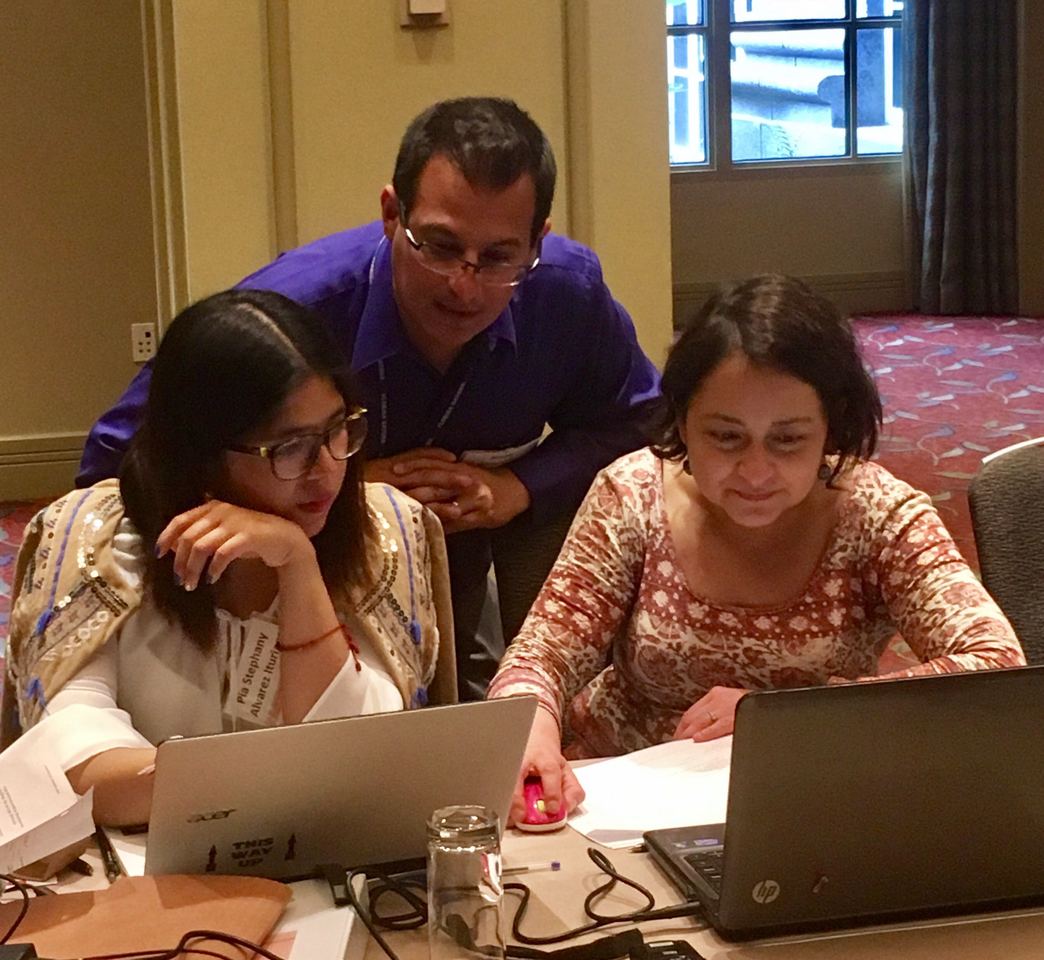Global Youth Tobacco Surveillance: An Example of Data Dissemination in the Region of the Americas
16.02.2018
Global
GYTS
Tobacco use is the leading preventable cause of death worldwide. Tobacco use causes an estimated 7 million deaths annually, including about 890,000 deaths from secondhand smoke exposure.
The Global Tobacco Surveillance System (GTSS) aims to enhance country capacity to design, carry out and evaluate tobacco control interventions. Country-specific surveys done as part of this surveillance system generates nationally representative data on tobacco use, which helps to guide national tobacco control efforts. The Global Youth Tobacco Survey (GYTS) is a part of GTSS and is a nationally representative, systematic, school-based and cross-sectional survey of students in grades associated with ages 13-15 years. The GYTS uses a standardized methodology that allows for cross-country comparisons.
Most tobacco smokers begin smoking during adolescence. GYTS data from 61 countries around the globe revealed that the median current tobacco smoking prevalence among students aged 13-15 years was 10.7 percent. In 38 of the 61 countries, boys smoked more than girls; and in 40 of the 51 countries with data on the "intention to quit" over 50 percent of youth tobacco smokers reported a desire to quit.
Recently, a group of six countries from the Pan American Health Organization (PAHO) region attended a workshop organized by the World Health Organization (WHO) and the Centers for Disease Control and Prevention (CDC). Each of these countries—the Dominican Republic, Honduras, Ecuador, Chile, Suriname and Grenada—recently completed a round of GYTS data collection. The goal of this workshop was to enhance country capacity in disseminating data—including through publication and circulation of GYTS country fact sheets.
Representatives from these countries worked on finalizing their fact sheets and developed plans for distributing their findings. The workshop fostered discussions and helped the countries identify priority actions.
Each country successfully developed a plan for disseminating GYTS data. Each plan included communication strategies to support the use of GYTS surveillance data, including:
-
Presenting findings to tobacco control workgroups and the public.
-
Writing scientific abstracts.
-
Placing press releases in national media.
-
Developing online materials.
-
Giving results to schools and ministries of education.
For more information on global tobacco control and GTSS, visit http://www.cdc.gov/tobacco/global/ or email [email protected].
The GYTS is a nationally representative school-based survey that focuses on youth aged 13-15.

Rene Arrazola (CDC) providing GYTS-related technical assistance to Pia Alvarez and Nora Dias (country representatives from the Chile Ministry of Health).
- World Health Organization. WHO Report on the Global Tobacco Epidemic 2017. Monitoring Tobacco Use and Prevention Policies. Geneva
- U.S. Department of Health and Human Services. Preventing tobacco use among youth and young adults: a report of the Surgeon General. Atlanta, GA: US Department of Health and Human Services, CDC, National Center for Chronic Disease Prevention and Health Promotion; 2012. https://www.surgeongeneral.gov/library/reports/preventing-youth-tobacco-use/full-report.pdf
- Arrazola et. al., Current Tobacco Smoking and Desire to Quit Smoking Among Students Aged 13–15 Years—Global Youth Tobacco Survey, 61 Countries, 2012–2015. MMWR Morbidity Mortality Weekly Report 2017;66:533–537. DOI: http://dx.doi.org/10.15585/mmwr.mm6620a3